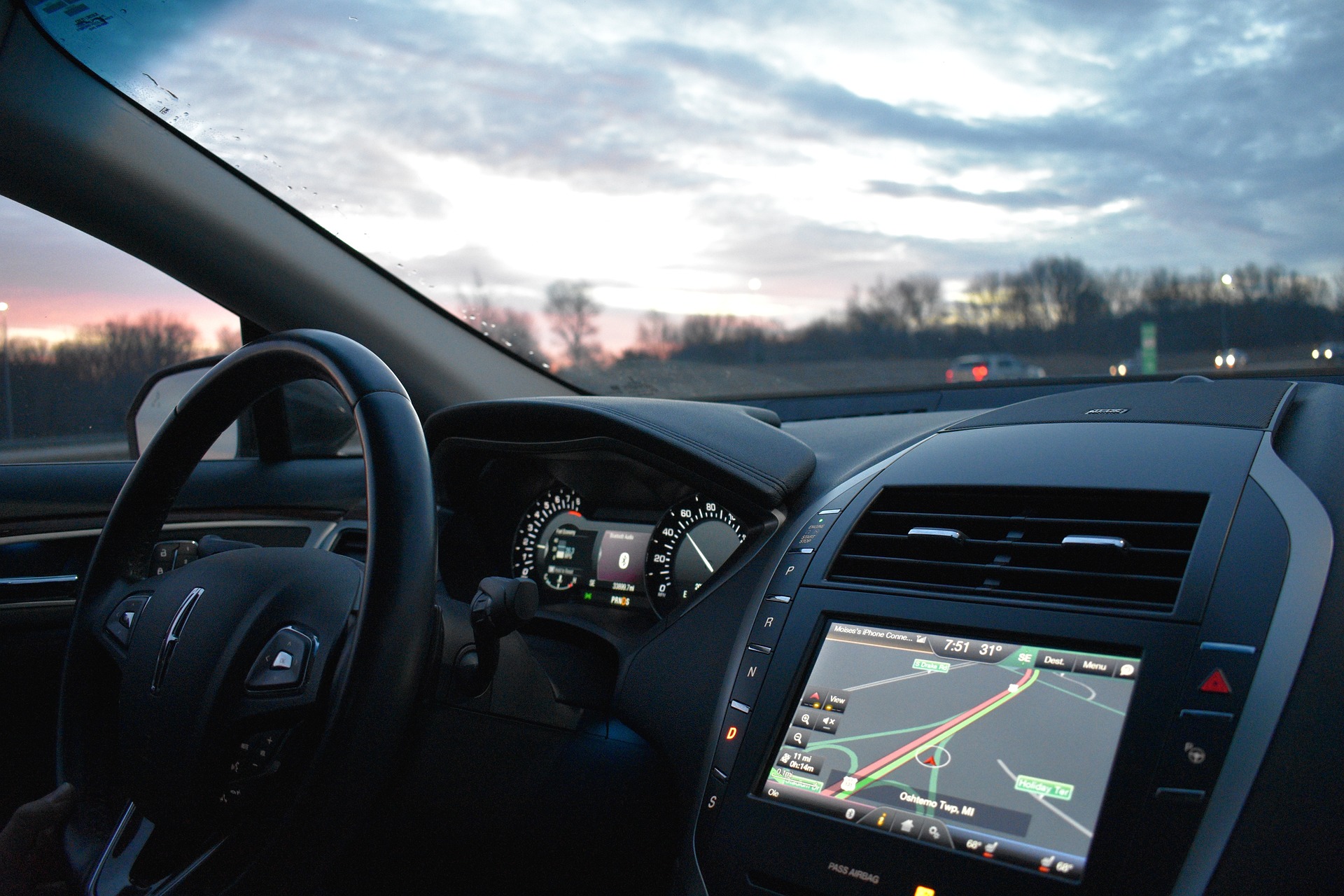Charging Ahead: The Advancements in Automotive Supercharger Technology
Since the early days of the automotive industry, power and performance have always been key selling points for vehicles. One technology that has consistently contributed to this is supercharging, a method of forcing more air into the engine's combustion chamber to improve power output. Initially used in aircraft engines during World War I, superchargers found their way into cars in the 1920s, with Bentley being an early adopter. However, the technology has evolved significantly over the years, giving rise to several types and designs, each with their unique benefits and drawbacks.

The Science Behind Supercharging: Understanding the Basics
Superchargers work on a simple principle: more air equals more power. They accomplish this by compressing the incoming air, effectively cramming more oxygen molecules into the same volume. When this oxygen-rich air mixes with the fuel in the engine’s combustion chamber, it creates a more potent explosion, delivering more power. Early superchargers were mechanically driven by the engine’s crankshaft, but modern iterations use electric motors, allowing for more precise control and efficiency.
The Current Scenario: Trends and Innovations in Supercharging
The supercharging technology has seen significant advancements in recent years. One trend is the move towards electric superchargers, which eliminate the need for a mechanical connection to the engine. These systems can respond quicker, offer more precise control, and have fewer moving parts, enhancing reliability. Moreover, they can also operate independently of the engine’s speed, offering a broader range of performance-enhancing possibilities.
The Impact of Supercharging: Power, Efficiency, and Challenges
Supercharging’s primary benefit lies in its ability to increase an engine’s power output without needing a larger engine. This increased power can enhance acceleration and top speed, two metrics that car enthusiasts often prioritize. However, supercharging isn’t without its challenges. The increased air and fuel combustion can lead to higher engine temperatures and pressures, potentially leading to greater wear and tear. It also places a higher demand on the vehicle’s cooling systems.
The Road Ahead: The Future of Supercharging Technology
Looking to the future, supercharging is set to play a crucial role as automakers strive to balance performance and efficiency. Technologies such as variable-speed superchargers, which can adjust their speed based on the engine’s demand, are already being developed. While the future of supercharging may seem uncertain with the rise of electric vehicles, it’s clear that as long as internal combustion engines remain on the road, superchargers will continue to be a vital part of the automotive landscape.
In conclusion, supercharging technology continues to evolve, keeping pace with the demand for more powerful, efficient, and responsive vehicles. As automakers and engineers continue to innovate, it will be exciting to see how this technology will shape the future of driving.




